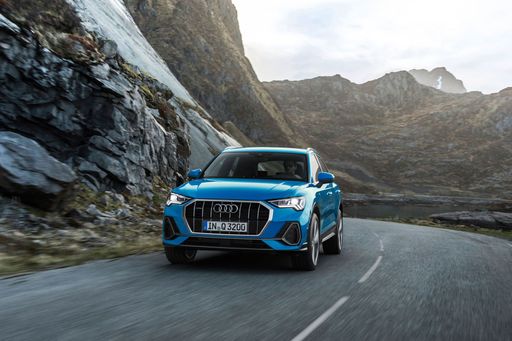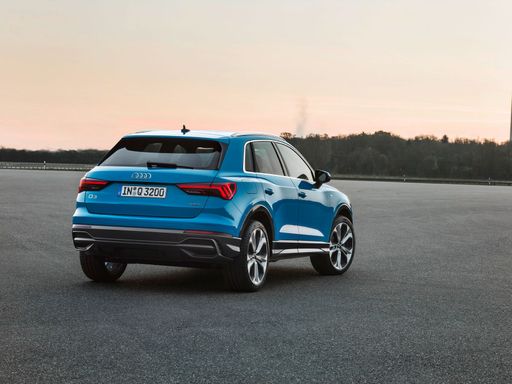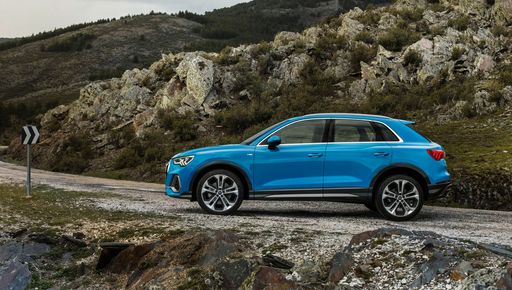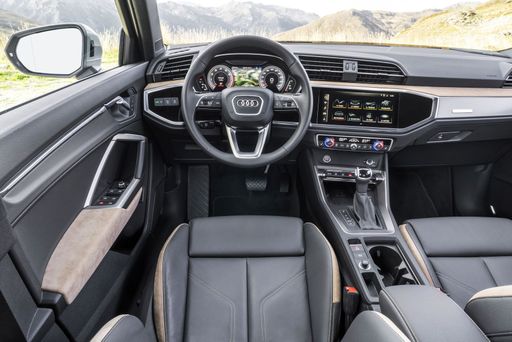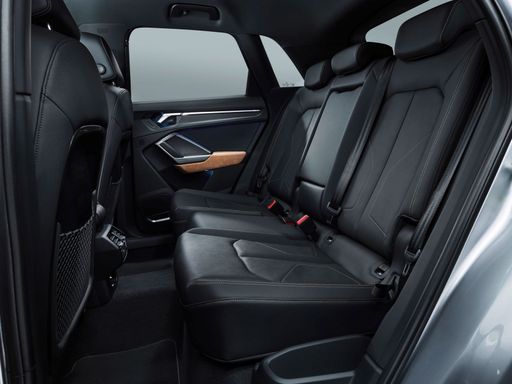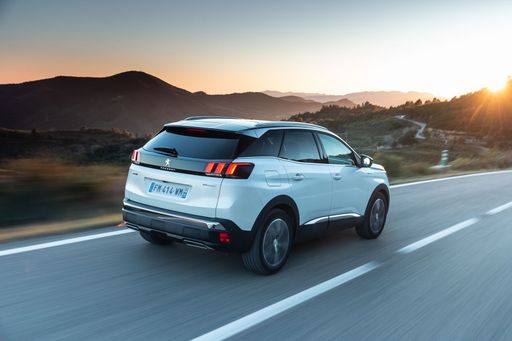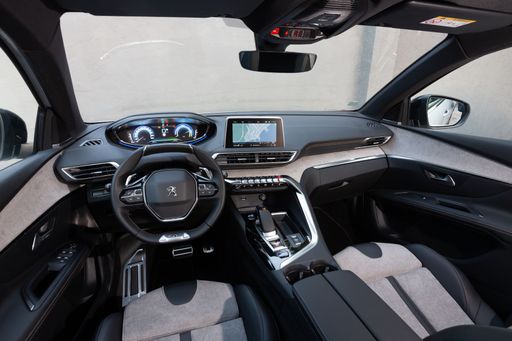Introduction: The Battle of Compact SUVs
In a world where compact SUVs are becoming increasingly popular, the Audi Q3 and Peugeot 3008 stand out as notable contenders. Both vehicles boast impressive designs, innovative technology, and a wealth of features aimed at enhancing the driving experience. This comparison explores the technical aspects and innovations that distinguish these two models, assisting potential buyers in making an informed decision.


